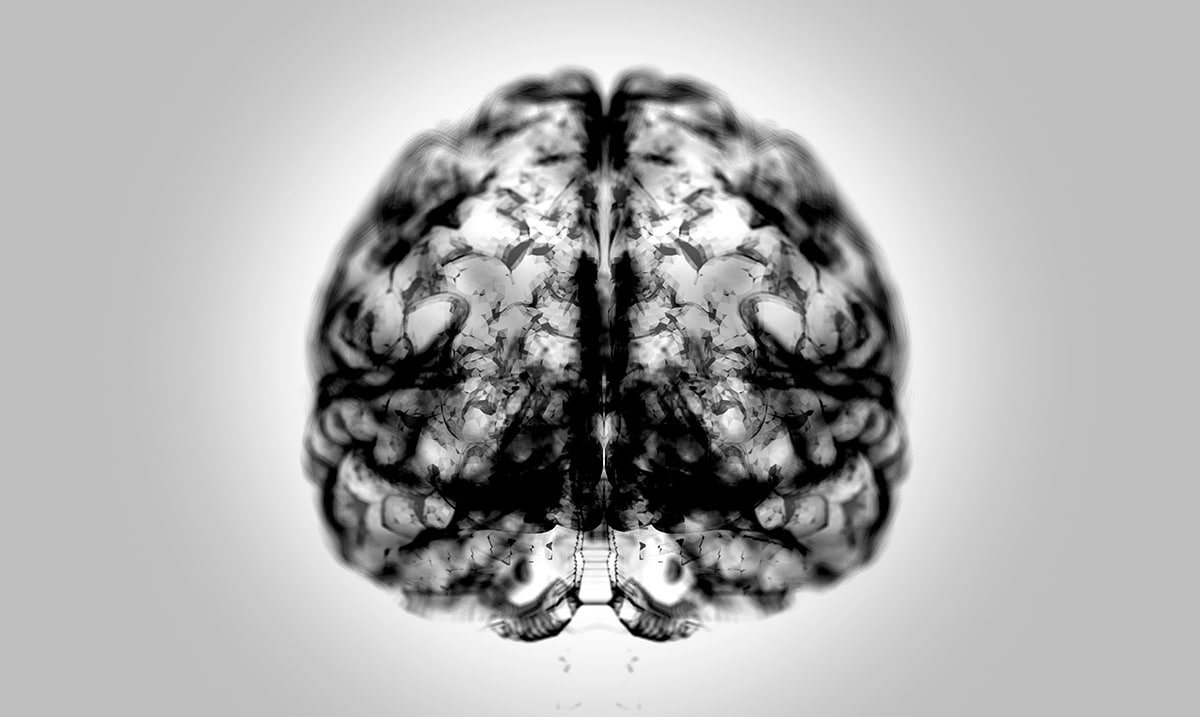The Alzheimer’s Association cites a whopping 5 million Americans are currently living with Alzheimer’s disease. Additionally, they speculate that number will increase to 13.5 million by the year 2050.
In recent years, scientists have been working to create a treatment for the disease using ultrasound technology that would help to rid the brain of neurotoxic amyloid plaques that cause memory decline in Alzheimer’s patients.
According to Science Alert, Alzheimer’s disease is the result of the build-up of two types of lesions: amyloid plaques, and neurofibrillary tangles. The amyloid plaques end up getting stuck between neurons, which causes clusters of beta-amyloid molecules to clump together.
Similar to this, neurofibrillary tangles can be found in the neurons in the brain, which also clump up. In turn, microtubules end up twisted, which makes it difficult for the brain to transport the essential materials that keep our memory functioning properly.
For quite some time, there have been no cure or prevention methods for Alzheimer’s. There have been plenty of drugs that are supposed to help treat the illness, however, none have provided a cure.
In 2015, researchers from the Queensland Brain Institute at the University of Queensland began working on a study regarding a new treatment: ultrasound treatments. In the study, the scientists discovered that by using ultrasound they could clear the brain of the amyloid plaques which block brain function.
Throughout their study, they were able to restore the memory function of 75% of the mice they treated with ultrasound therapy.
“We’re extremely excited by this innovation of treating Alzheimer’s without using drug therapeutics,” explained Jürgen Götz, one of the study’s co-authors. “The word ‘breakthrough’ is often misused, but in this case, I think this does fundamentally change our understanding of how to treat this disease, and I foresee a great future for this approach.”
Fast-forward from 2015 to now, and focused ultrasound has begun being used in clinical trials. When new treatments are discovered, they have to begin with mice, typically (like in the original study) before human trials can begin. It may take some time for it to be approved as a treatment that will be offered regularly to patients. However, when it does, it could prove to be an amazing, beneficial new treatment for many people who currently suffer from the disease.
Last year, the Focused Ultrasound Foundation announced an update to their trials, saying, “A clinical trial that repeatedly opens the BBB in Alzheimer’s patients is underway at Sunnybrook Health Sciences Centre in Toronto, Canada. The trial aims to use focused ultrasound and microbubbles to temporarily open the BBB in patients with mild to moderate AD. This early-stage study will assess the safety, feasibility, and reversibility of BBB opening as well as the reproducibility of repeated BBB opening in human patients.”
I can’t wait to see how this turns out.

